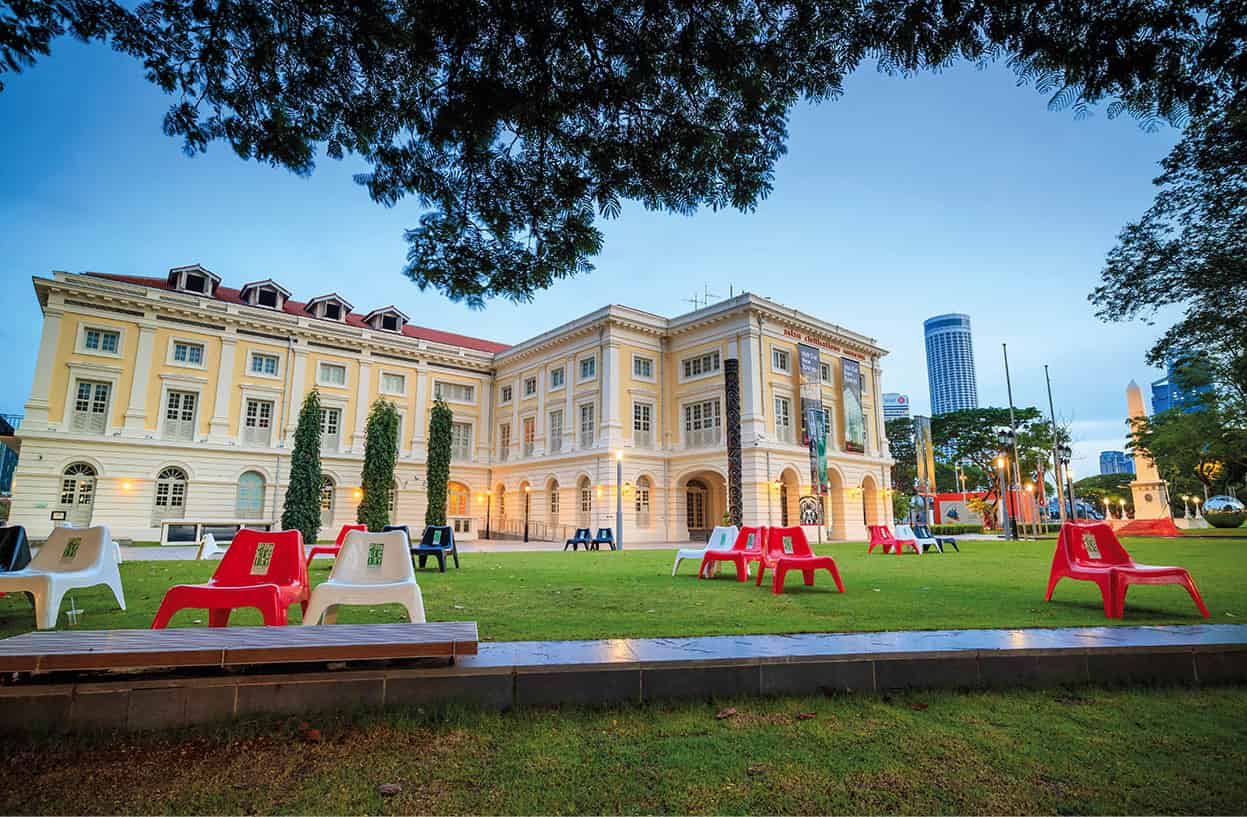If you’re wondering how the multi-ethnic culture of Singapore originated, this museum holds the key. Even visitors who are not history buffs will find the interactive zones, innovative virtual hosts and in-gallery videos highly entertaining. With 11 galleries spread out over three floors, you can easily spend half a day at this excellent museum.
Start with the Southeast Asia collection on level two. From prehistoric agricultural tools to fabric displays and artefacts, the exhibits reveal the diversity of the region. On the same level are the China and West Asia galleries: the Chinese deities, fragile Dehua porcelain and Qu’ran-inspired calligraphic art are highlights.
Visit more Southeast Asia and West Asia galleries on level three, then head down the central staircase to level one, the South Asia galleries, dominated by religious statuary and architectural motifs.
To fully appreciate the museum, take the free one-hour guided tour (Mon–Fri 11am and 2pm, Sat–Sun 11.30am, 2 and 3pm. There are Mandarin, Japanese, French, Spanish and Korean guided tours too, on selected days.
The Essentials
Address: 1 Empress Place, www.acm.org.sg
Tel: 6332-7798
Opening Hrs: Sat–Thur 10am–7pm, Fri 10am–9pm
Entrance Fee: charge
Transport: Raffles Place MRT

Over 1,300 artefacts from the ancient civilisations of Asia are housed within the Empress Place Building, a grand national monument whose history dates back to 1864. With hands-on activities for children, ongoing talks and workshops, and changing special exhibitions, a trip here is no boring history excursion.
Shutterstock
Exploring Islam